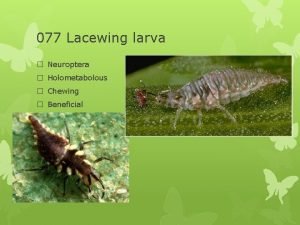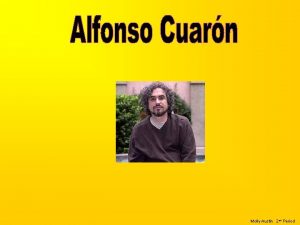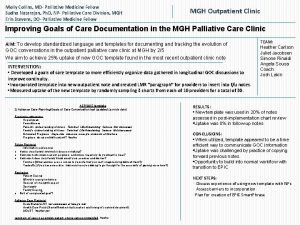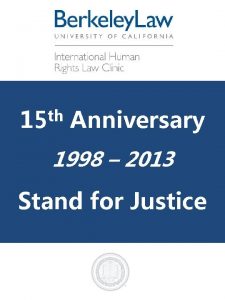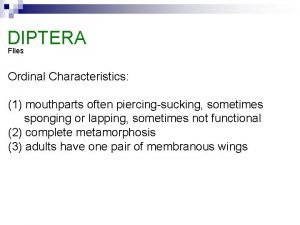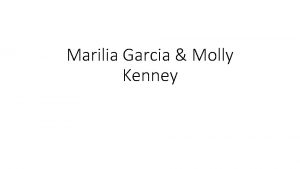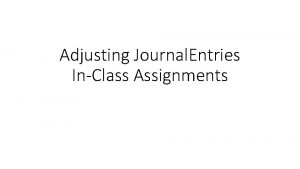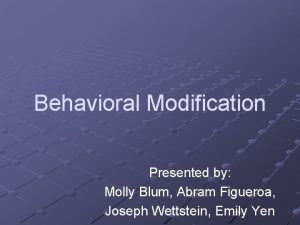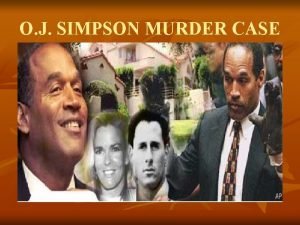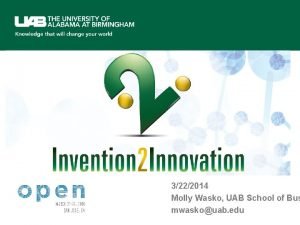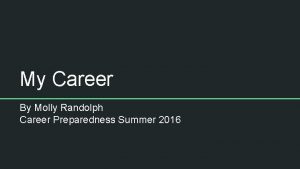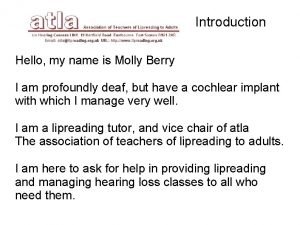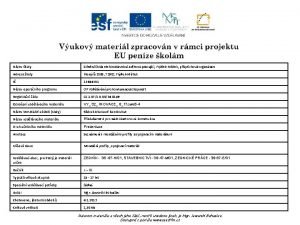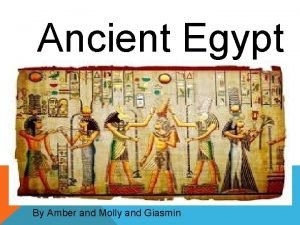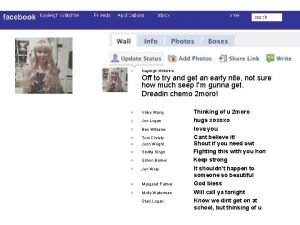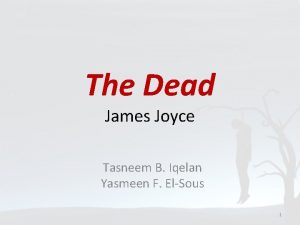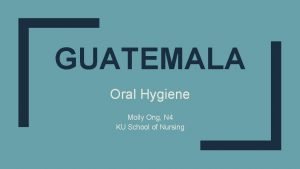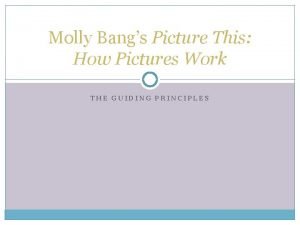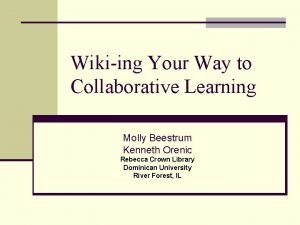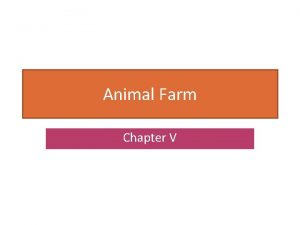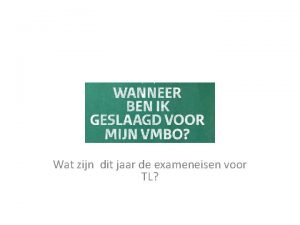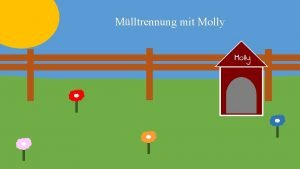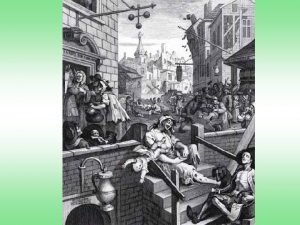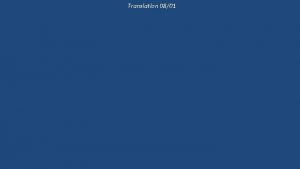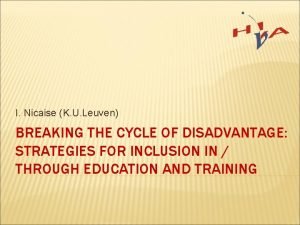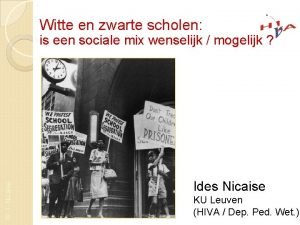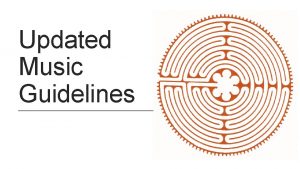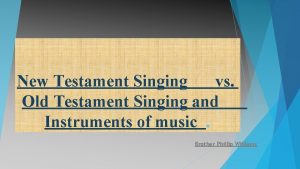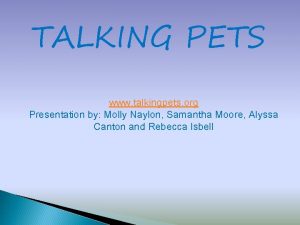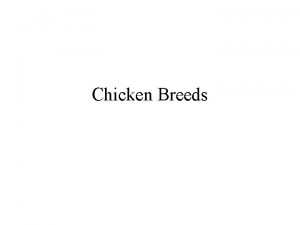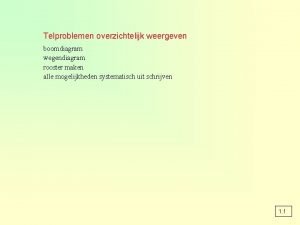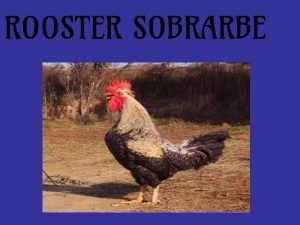Singing Rooster Inc Singing Rooster org Molly Nicaise



































- Slides: 35

Singing Rooster Inc. Singing. Rooster. org Molly Nicaise molly@singingrooster. org

680 miles from Miami – 90 miles from Cuba 2/3 of the Island = Dominican Republic

Indicators Education index = literacy + school enrollment United States Haiti World 0. 97 0. 52 0. 76 % Adult illiteracy 2002 . 99 48. 1 82 % access to clean water 2000 100 54 84 2002 -15 1. 0 1. 3 1. 1 1999/01 <1 49 14 1970 -75 71. 5 48. 5 59. 8 2000 -05 77. 1 49. 5 66. 9 1970 20 148 96 2002 7 79 56 GDP (US$ billions) 2002 10 T 3. 4 B 32, 000 T Electricity consumption per capita (kilowatt-hours) 1980 10, 336 58 1, 573 2001 13, 241 67 2, 361 % Annual population growth % Malnourished Life expectancy Infant mortality (per 1, 000 live births)

Why is it so AWFUL? • Long history of political oppression • 97% of the land is owned by an elite 3% of Haitians • Poor soil mgmt • Lack of knowledge and literacy • A large populace in a small country – size of Maryland, 9 million • Filthy water – the major cause of most disease What CAUSES such poverty is extremely complex.

Necessary Background Before Columbus, Hispaniola was an island of splendid rain forests, fertile plains. Native groups of the Caribbean lived there for centuries before 1492. Haiti, The Jewel of the Antilles, was once the richest colony in the world in the 1750 s; Haiti provided as much as 50% of the GNP of France: sugar, coffee, cocoa, tobacco, cotton, indigo. In 1804, Haiti became the second free country in the Western World and the first black republic.

Boycott / Ransom After revolt, French lobbied the U. S. to boycott : the ransom = 150 million francs [$21 billion]. This debt plagued Haiti for 80+ years and was finally paid off in 1922. Post WWII - the U. S. provided millions to oppressive governments – keeping rulers in power (we knew they were bad but Haiti was strategically necessary for our military and economy). We periodically dump food on them. Haitian Elite – abused their own people with slave-like labor & repressive brutalism. End result was to head for the hills.

Other Issues • Language – only 5% are fluent in French • Illiteracy - 30% of Haitian children begin school, only 2% stay beyond 5 th grade (school’s in French, bad teachers, no books, overcrowding, hard exam at 5 th grade) • Soil Erosion - In 1923, 60% of Haiti was covered by lush forests; by 2006, less than 2% • The best land is used to EXPORT crops • No infrastructure – water, roads, electricity, sanitation

What to do? Schools, Clinics & and houses of Worship are GREAT. … BUT. . there’s nothing there to support the recently educated. Economic development can lower birthrates, provide old age security and material comfort, & leads people to voluntarily limit birthrates. Economic growth in agricultural is twice as effective at reducing poverty as growth in other sectors. A rise in material standard = higher levels of education, which = voluntary birthrate limits.

We focus on coffee: for the sake of selfsustainability & economic autonomy 1788, Haiti supplied half the worlds’ coffee 1950 third largest supplier 1990’s USAID’s washed coffee infrastructure Haitian coffee is excellent Coffee provides thousands of jobs Coffee can rapidly alter the deforested landscape

Our Model Problems with the model of giving Problems with the model of “fair trade” 10% paid to growers 10% paid to exporters 55% paid to shippers & roasters 25% paid to retailers

What we do meet coffee farmers buy tons of beans finance coops export to Wisconsin create new markets

Since 2009 Purchased 120, 000+ lbs of green coffee beans = $360, 000 bags of roasted coffee 10, 000 lbs of green Returned over $86, 000 to farmers to improve agricultural technique AND business growth projects like equipment upgrades, repair buildings & machinery, seedling nurseries, and more.

Since 2009 Seedling Nurseries over 25, 000 new coffee trees -- in a country where only 2% of lands are forested, THIS is significant.

Selling Coffee Wholesale 70%: $7 /unit – typical retail markup = 30 -40% Online retail: 30% Cafes / roasters – not yet… Mega, large & medium sized churches Grocery stores – Whole Foods is ideal (need a model) Breakfast restaurants Local orgs / celebrities who want a private label ?

Selling Coffee Wholesale 70%: $7 /unit – typical retail markup = 30 -40% Online retail: 30% Cafes / roasters – not yet… Mega, large & medium sized churches Grocery stores – Whole Foods is ideal (need a model) Breakfast restaurants Local orgs / celebrities who want a private label ?




















 Molly fish
Molly fish Molly austin age
Molly austin age Molly collins md
Molly collins md Molly zhai
Molly zhai Federico baradello
Federico baradello Molly gabel md
Molly gabel md Diptera
Diptera A fur coat summary
A fur coat summary Molly caroland
Molly caroland Altruism molly peacock
Altruism molly peacock Marilia garcia
Marilia garcia Qs 3-6 prepaid (deferred) expenses adjustments lo p1
Qs 3-6 prepaid (deferred) expenses adjustments lo p1 Molly blum
Molly blum Molly nadeau
Molly nadeau Sally donahue harvard
Sally donahue harvard Oj simpson bloody socks
Oj simpson bloody socks Uab orar
Uab orar Molly randolph
Molly randolph Hello
Hello Psychology
Psychology Molly kotva
Molly kotva Molly maguires apush definition
Molly maguires apush definition Molly pharous
Molly pharous Kayleigh waterman
Kayleigh waterman Molly's interior monologue
Molly's interior monologue Molly brewer bexley high school
Molly brewer bexley high school Dump days jerry spinelli
Dump days jerry spinelli When miah gets back to the dormitory
When miah gets back to the dormitory What is the stream of consciousness technique
What is the stream of consciousness technique Molly ong
Molly ong Molly bang picture this
Molly bang picture this Molly beestrum
Molly beestrum Animal farm chapter 5 analysis
Animal farm chapter 5 analysis Rooster examens 2017
Rooster examens 2017 Eduarte mbo amersfoort
Eduarte mbo amersfoort Rooster-hoto
Rooster-hoto
